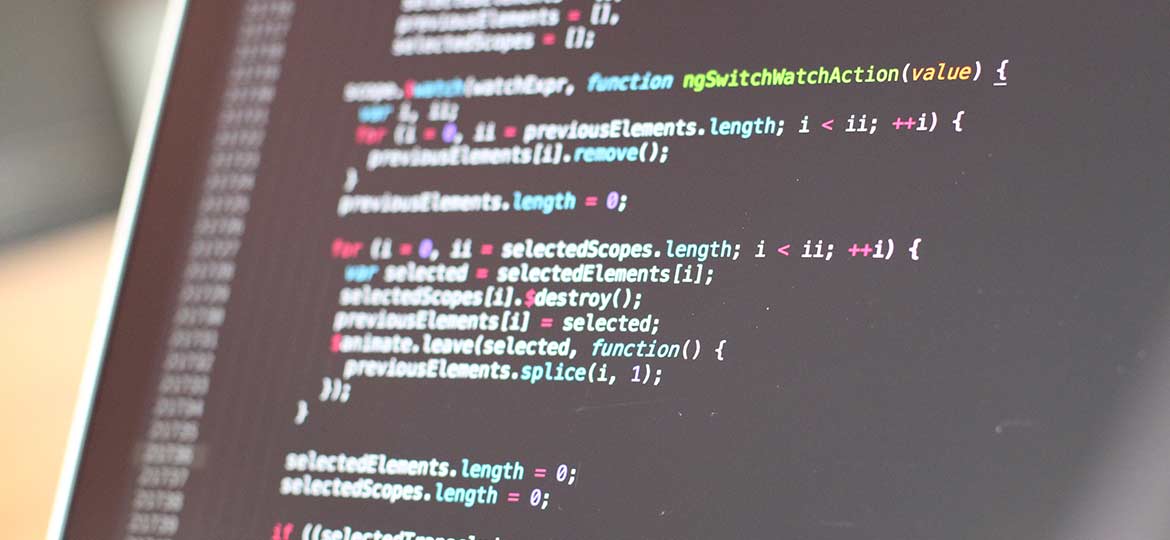Are you new to the world of Java programming? Are you eager to learn about the Java platform and how it works? Look no further! In this article, we will provide an overview of the Java platform, its components, and its unique features. Whether you’re a beginner or an intermediate Java developer, this guide will help you understand the fundamentals and set you on the right path.
Understanding the Java Platform
Java, initially developed in 1986, is a powerful programming language created by James Gosling. It started as a language called Oak under Sun Microsystems’ Project Green, focused on developing software for set-top devices. In January 1996, the first release of the Java Development Kit (JDK) introduced the Java programming language and platform.
The Java platform allows developers to write programs that are “platform-independent”. This means you can write a Java program on one operating system, such as Windows, and run it on any other platform, including Mac and Linux. This “write once, run anywhere” concept (you’ll sometimes hear this is the acronym WORA) was revolutionary when Java was introduced and remains a significant advantage of the language today.
Java Virtual Machine (JVM) and Bytecode
At the core of Java’s platform independence lies the Java Virtual Machine (JVM). The JVM is a runtime environment that executes Java programs. It understands bytecode, which is a low-level compiled format of Java code. When you write Java code, it is compiled into bytecode by the Java compiler (part of the JDK which we’ll talk about in a second).
The JVM, available for various operating systems, interprets and executes bytecode, making it possible to run Java programs on different platforms. The JVM acts as an intermediary between your Java code and the underlying hardware, ensuring seamless execution regardless of the operating system.
Java Development Kit (JDK) and Java Runtime Environment (JRE)
To develop Java programs, you need the Java Development Kit (JDK). The JDK is the development environment for writing Java programs. It includes the Java compiler, which converts your Java code into bytecode. It also contains the necessary tools and resources for Java development.
On the other hand, the Java Runtime Environment (JRE) is the runtime environment for running Java programs. It includes the JVM, allowing you to execute bytecode and run Java applications. The JRE also provides a comprehensive set of libraries and APIs, collectively known as the Java Standard Edition (Java SE).
To get started with Java development, you need to install the JDK, which includes the JRE. Once installed, you can access the Java compiler (javac) and the JVM (java) through command-line tools, setting up the necessary environment variables and adding the JDK’s bin directory to the system path to enable execution of Java commands.
Closing thoughts
The Java platform is renowned for its platform independence, allowing developers to write code once and run it on multiple platforms. By leveraging the Java Virtual Machine (JVM) and bytecode, Java programs can execute seamlessly across different operating systems. Understanding the Java Development Kit (JDK) and the Java Runtime Environment (JRE) is crucial for both beginners and intermediate Java developers.
💥 Want more? Go get the FULL COURSE here: 👉 Java for Beginners 💥
►► Grab our FREE beginners guide to Java if you’re completely new to Java!
👉 Check out our courses at https://courses.javaeasily.com/courses
👉 Listen to our podcast at https://spotifyanchor-web.app.link/e/xjAOXisFABb
👉 Visit out our website at https://javaeasily.com/
👉 Read our articles on Medium at https://medium.com/java-easily
You can also join in the conversation by connecting with us at our Facebook page or alternatively follow us on Twitter!




